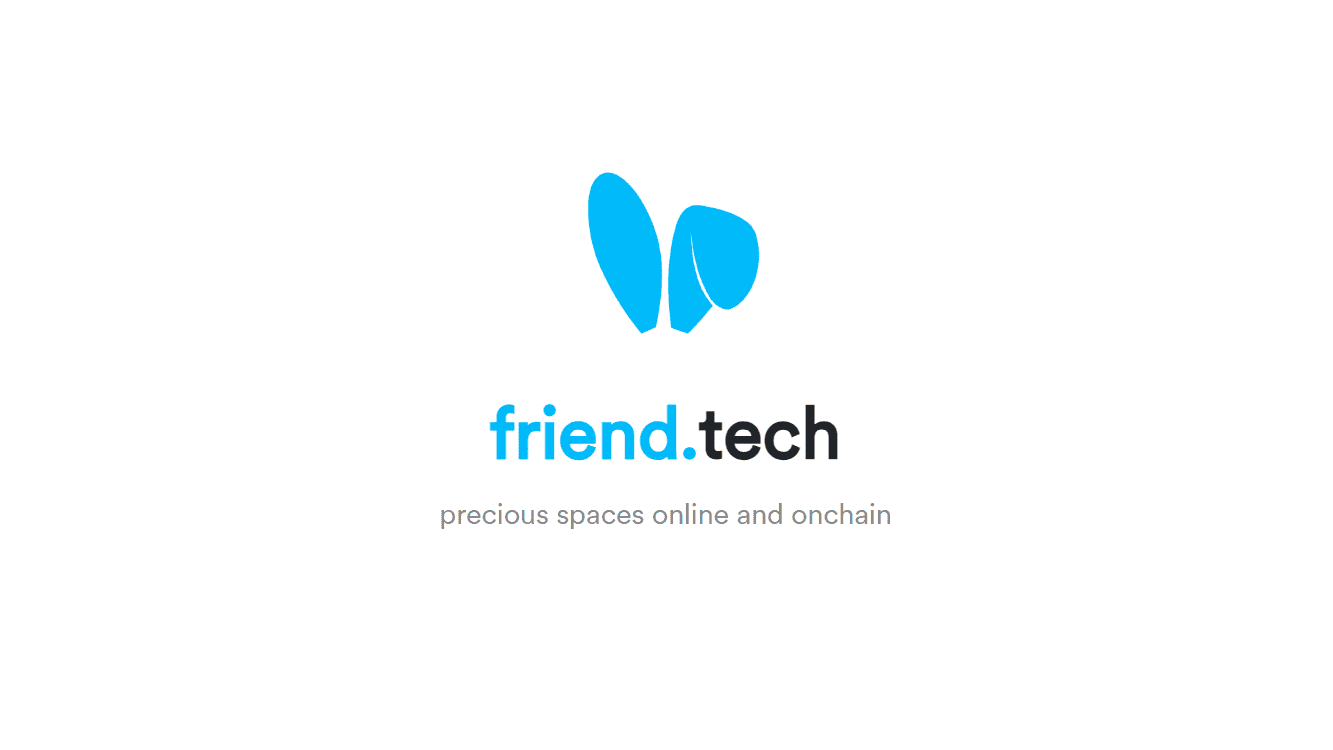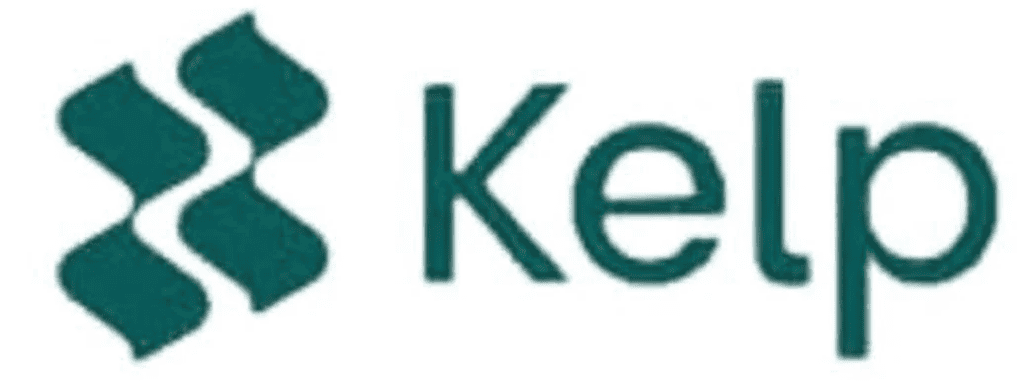
Sponsored By
In Crypto, no one’s right 100% of the time.
However, you can still be very profitable if you’re correct 60%+ of the time. The key is you have to be quick to cut your losses early.
The best thing to do is to set rules. For example, if the token goes down by 15%, sell. Think like a machine. What if you have trouble following your own rules? You know you should sell, but you’re hopeful that it can bounce back.
You need discipline. It reminds me of something that Kobe Bryant once said, “I don’t negotiate with myself.“
Success in Crypto isn’t about a single trade. It’s about building a long-term system that produces positive results over time.
How can you build a system if you’re constantly changing your mind and relying on emotions? Following the system means you’re gathering data which then lets you fine tune the machine.
By the way, Singapore Token 2049 is next week. I was planning on attending, but something came up and I can’t make it anymore 😔.
If you’re a protocol that wants to work with us, or a friend of ours, we’d love to meet in person. DeFinci‘s my colleague and will be attending. Send him a DM.
Here’s what we got today:
- Did Friend.Tech rug us? Here’s what really happened.
- Evaluating DePIN. People are saying this is the sector of the future.
- Around the web. ENS is now supported on PayPal and Venmo, the Zora mobile app is now available to the public, and more.
Today’s email is brought to you by Kelp DAO — the DAO for $rsETH LRT.
Here’s your Edge 🗡️!
Update
Did Friend.tech Just Rug Us?
We saw the hottest SocialFi project ever, Friend.tech, launch last year. All the top influencers were promoting it, and some were hyping it up as the next billion dollar protocol.
Well…the Friend.tech (FT) team is abandoning the project.
What’s happened? The team has announced that they’ve transferred the control of Friend.tech smart contracts to a null address. This means that they won’t be able to develop the project any further.
Friend.tech was THE dApp on Base Chain that started the 2023 SocialFi craze.
You would log into it via your X (then Twitter) account. Once inside, you could buy or sell ‘keys’ – think of them as shares – to other users. These keys gave users access to an exclusive chat with other keyholders.
So why were the keys valuable? Theoretically, you could enter someone’s private room and hopefully get some “exclusive alpha.” People also speculated on the value of each KOL’s keys. Buy low, sell high.
The rise and fall of Friend.tech
FT was launched in August of 2023, during the bear market. As there wasn’t much else to do, it quickly became THE dApp everyone was talking about.
A dozen copycats were released such as Post.tech on Arbitrum and Stars Arena on AVAX.
At one point, FT was responsible for generating more than 35% of all daily transaction fees on Base.
But the trend only lasted three months. It entered a steady decline afterward. Right now, Friend.tech is in quite a pathetic state:
- Daily new users can now be counted on one hand.
- Daily fees once hit $2 million. Now they are below $100.
- Friend.tech deposits have fallen from $52 million at the peak to just $4 million.
The following chart tells the story of Friend.tech really well. It tracks the number of transactions on FT.
Source: cryptokoryo
As the chart clearly shows, the idea started off really well. But soon engagement began to decline. We can see another small surge around May 2024. This was for two reasons:
- FT released Friend.tech V2.
- FT airdropped $FRIEND to the community.
The airdrop was actually a retail-friendly move. Usually, >50% of tokens are allocated to the Team, Investors, and Treasury. But FT airdropped 100% of the tokens to its users.
Is this a rug pull?
Friend.tech used to charge 10% on every user transaction. And half of these fees went to the FT team. They collected around $44 million this way.
Normally, users would expect these fees to be reinvested into the protocol for growth. Some daydreamers even expected that a few million would be transferred to a DAO created with the $FRIEND token.
But instead, we have the onchain evidence of the team selling the protocol fees they received.

Source: X
In short, while the current market cap of $FRIEND is only $9.7 million, the team pocketed $52 million.
Some had assumed that part of the fee would go to $FRIEND DAO as well. We can’t blame them either. The team had the duty to create a valuable token.
But the airdrop was a flop. And the users didn’t get the return they were implicitly promised. The team didn’t do anything meaningful to make $FRIEND valuable.
Here’s $FRIEND from launch — just down, down, and down.
The token is now down 98% from its May launch. And after the team abandoned the project, it fell a further 26% in just 24 hours.
The team had also announced a Friendchain: a L2 that would be powered by $FRIEND. Some had high expectations for this chain. But since the announcement of abandonment, the team has been silent about the FriendChain. So, we can assume this isn’t going to happen any longer.
So, what’s the takeaway?
One, incentives matter. When the team said that 100% of the tokens would go to the community, we should’ve been more worried. If they don’t hold a significant amount of tokens, they don’t have any incentive to make it valuable.
Second, sustainable protocols are good for all stakeholders.
We first wrote about Friend Tech in August 2023. Here’s what I wrote in my newsletter.
I was always suspicious of Friend.tech. Your boy Edgy has a code, and I’ll never shill something that I don’t think can benefit you.
Sponsored By KelpDAO
Earn More with Less: Simplify Airdrop Farming with Gain by Kelp

Are you ready to take your airdrop farming to the next level? Gain by Kelp makes this effortless.
Gain is a vault program that streamlines your participation in airdrop strategies.
How?
Many complex smart contracts are able to automate asset management in accordance with specific farming strategies.
With just one click, you can gain access to a risk-adjusted strategy that maximizes both yield and airdrop exposure.
Everything is non-custodial, which means that you can withdraw your money at any time. This gives you complete control over your assets.
How do you play it?
- Deposit ETH, rsETH, ETHx, or stETH into the Gain vault.
- You’ll receive agETH. This is Gain’s liquid token. This is a certification that you’re participating in the vault strategies.
- Your assets are automatically deployed on protocol partners like Scroll, Linea, Karak, etc. To optimize airdrop earning and DeFi yield.
- Save gas fees and mental bandwidth without managing several different positions
Why is this unique?
- Access to multiple L2 airdrops with 1-click
- You can already use agETH to engage in different yield opportunities like Pendle and Balancer. (with pools coming on Lyra, Spectra and Silo and more!)
Maximizing rewards while minimizing work. Isn’t that what we’re always looking for in crypto?
Simplify your strategy, amplify your rewards.
Try Gain by Kelp Today. Deposit now →
Framework
How to Evaluate DePIN Projects?
Crypto desperately needs projects with actual utility. More memecoins isn’t sustainable.
DePIN is one of the few narratives that has actual utility. It also gained some traction at the beginning of the year.
What is DePIN? It stands for Decentralized Physical Infrastructure Network.
Our society runs on gigantic physical infrastructures: from basic internet connectivity to gigantic server farms. And many of them are managed by centralized companies like Amazon.
DePIN projects use crypto incentives to offer decentralized versions of some of those same infrastructure services. For example, Helium provides decentralized wireless connectivity using Helium token incentives.
Recently, MV Global released a comprehensive report on DePIN. It covered a ton of ground.
- Introduction to 100s of protocols.
- Price performance of the DePIN narrative.
- Various sub-categories of the DePIN sector.
- And more.
Today, I want to highlight one section of the report that might be really useful to you.
The following screenshot represents an analysis of the different subsectors within the DePIN narrative:
The framework that has been used to evaluate these different sub-sectors can also be really useful for analyzing DePIN projects. So, let’s look into it more.
The DePIN networks are intermediaries between service providers and customers. For example, a storage network will connect storage providers and customers who need storage.
MV Global’s framework encompasses two groups of criteria that correspond to the two sides of DePIN projects: service providers and customers. In total, they shared seven criteria.
The more criteria that a project meets, the better the project is.
Group #1: Vertical Supply Drivers
To provide their service, these DePIN projects aggregate valuable resources from service providers across the world. For example, a storage protocol aggregates storage from participants.
Four factors are required for the protocol to attract competitive service providers:
- The operation of centralized competitors should have extensive resources. Otherwise, they’ll have an advantage over their decentralized counterparts.
- Service providers in DePIN networks are usually node operators. This node operation should have low cost and complexity. If either is too high, the protocol won’t be able to provide the service.
- DePIN projects incentivize service providers by using tokens. Its tokenomics should have a sustainable way to reward service providers. It should be scalable as well.
- Specialized devices for DePIN networks often create friction. If service providers can bring/utilize their own devices like mobile phones, it’ll increase the supply.
Group #2: Vertical Demand Drivers
These DePIN projects need customers as well. Otherwise, they’d just be a complicated Ponzi.
MV Global highlights three factors that can solve the demand side of the equation:
- The projects should solve a major consumer pain point often found in centralized counterparties. For example, using decentralized nodes DePIN projects can reach remote areas where centralized set-ups can’t.
- Projects should have performance advantages (speed, latency, data, etc.) over centralized businesses. Decentralized sensor networks can be an example. They might be able to collect unique & valuable data sets that centralized competitors cannot.
- Tokens are central to any DePIN project. Tokens need to have a clear use in the ecosystem. Demand sinks are necessary for the token to be valuable.
In total, they shared seven factors. These are really useful for evaluating other DePIN projects.
But this is just a big-picture overview of the framework. The report also shares more nuances about evaluating individual projects.
It also covers a ton of other stuff: from hundreds of protocols to the price performance of the sector.
If you want to be updated about this sector in just a few hours, you can do so here.
🛠️ Tool Spotlight: DefiLlama Feed
The ability to process a ton of info from many sources is crucial for success in crypto.
You need to pay attention to crypto news, onchain data, project updates, and so on. What if you had a single place to monitor all the data? It’d definitely make information processing much easier.
DefiLlama just launched a product that does exactly that: DefiLlama Feed.
You can monitor the following things from a single page.
- News
- Token prices
- Crypto Twitter
- Exchange volume
- DAO governance proposal
- CEX transfers & token flows
- And more.
To be fair, it isn’t anywhere near perfect. For example, you can’t customize the tweets or news that you want in your feed.
But this is a good start. And I’ll be monitoring the project to see if it can be the central place to get daily crypto updates.
Visit it here.
🚀 DeFi Catalysts
EtherVista shipped VISTA Apps. It’ll help creators build on top of EtherVista.
LayerZero will be the official interoperability service for $WBTC. WBTC is the 15th largest crypto asset by market cap.
Euler has released Euler v2. It allows the creation of customizable vaults that can optionally be connected to other vaults.
Zora, an L2 focused on the creator economy, mobile app is now open to the public. The app removes web3 frictions like gas fees.
KyberSwap has become the first aggregator to include EtherVista pools. This will mean better rates and liquidity for rarer tokens.
Pups token has moved from the BRC-20 token standard to Runes. The token holders can migrate to Runes using OrdKit until November 5th.
BNB has introduced the BNB Chain Bridge. They’ve partnered with DeBirdge, Celer, & Stargate to improve cross-chain interoperability.
Solayer, the leading restaking solution on Solana, has added support for $bbSOL, the LST from ByBit.
Celestia shared their roadmap to scale Celestia to 1 Gigabyte blocks. It gives a more detailed look into the future of Celestia.
ENS names are now supported on Paypal and Venmo. Users can now type in ENS names while sending crypto on PayPal and Venmo.
🪂 Airdrop Alpha
Taiko‘s joints program, Trailblazers, will end the season 1 on September 16th. And season 2 will start immediately after the season 1.
Grass has released the airdrop checker for closed alpha and epochs 1-7. It doesn’t include allocations from the ongoing epoch.
Ignition, the team behind FBTC, partnered with Zerion. Users can stake FBTC to earn 2x Zircuit Points and 2x FBTC Sparks.
Predict.fun is live on Blast. And you’ll get a 6% yield on $USDB whether you are betting or not. And it doesn’t have a token.
🚀 New Launches
Renegade is live on Arbitrum. It claims to be the first onchain dark pool. It enables fully private trading with zero MEV, slippage, or price impact.
Peaq Network will launch its L1 blockchain this month. It is an L1 specifically focused on DePIN and
Opus, a cross-margin credit protocol with autonomous monetary policy and dynamic risk parameters, will launch on September 17th.
Particle Network launched the Early Access Phase of Universal Accounts. It’ll allow users to use multiple chains from a single account.
Fractal mainnet is live. It claims to be the only Bitcoin scaling solution that Bitcoin Core Code to scale Bitcoin.
🐦⬛ X Hits
- Pendle to introduce BTC yields
- New momentum for EigenLayer?
- Vitalik on having a more strict environment towards ETH projects.
- CPI Takeaways.
- Trading based on Twitter sentiment may worsen your win rate.
😂 Meme



